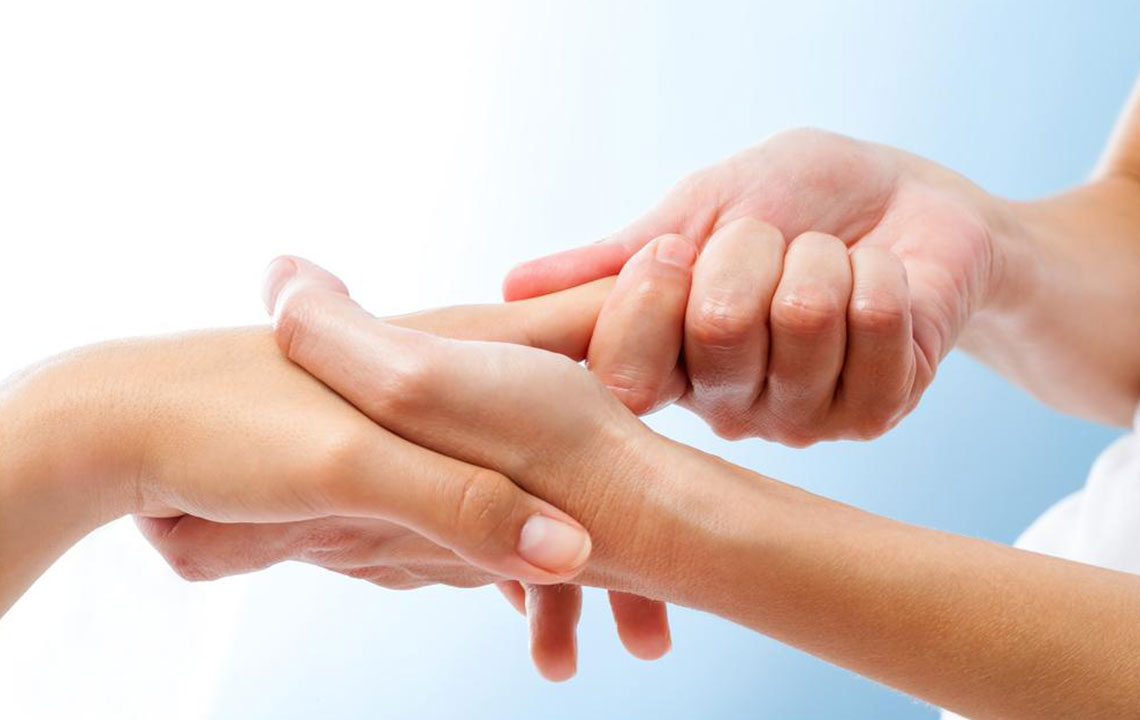
Symptoms
How To Cure The Problem Of Frequent Urination
Frequent urination is the problem in which a person feels the need to urinate more than the normal times. The need to pee rises suddenly, and one can feel like losing control of the bladder. You could feel discomfort suddenly realizing that your bladder is full. The problem is known as having an overactive bladder. As per the statements of the urologists (specialized doctors for dealing with problems with the urinary system), people who suffer from the problem of frequent urination go more than eight times for urination in a day. Ignoring the problem won’t do well. It would even embarrass you at the worst times. It is advised to diagnose the underlying causes and seek proper medication and treatment. Causes of frequent urination Urinary tract infection : The urinary tract infection is a big reason for frequent urination. When the bacteria enter the bladder through the urethra, it probably causes UTI. Women suffer more from UTI as compared to men. It is due to the small urethra. Bacteria travel faster to the urinary tract, and likely show the symptoms of UTI. On an average, one-third women suffer from UTI before 24 years of age. Some of the risks of UTI are:












